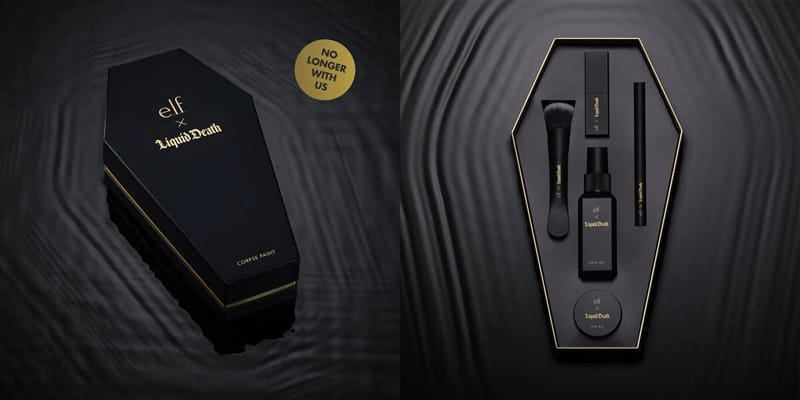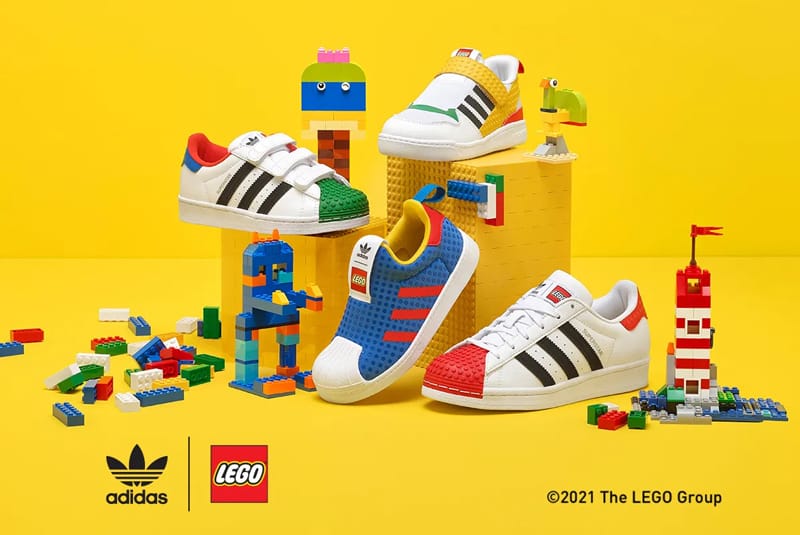
The Rise of Cross-Category Brand Collaborations
May 16, 2024
The Rise of Cross-Category Brand Collaborations
In the realm of brand collaborations, several recent cross-category partnerships stand out. Unlike traditional collaborations, these ventures are exceptionally unexpected and out-of-the-box, pairing brands that may not seem to share similar demographics or usage occasions. It’s precisely this unexpected pairing that makes them so innovative, reaching untapped audiences and opening up new avenues for growth by each brand partner. As companies continue to expand their boundaries and pursue new opportunities, these partnerships showcase the potential of new thinking and collaboration in today’s dynamic marketplace.
Cross-category collaborations offer brands a powerful strategy to expand their reach and attract consumers in new ways. We believe that cross-category collaborations are not just a passing trend but can be a driving force for audience expansion and growth. Some examples of successful partnerships that have broadened consumer experiences include:
E.L.F x Liquid Death

The unlikely fusion of cosmetics giant E.L.F and canned water brand Liquid Death resulted in a limited-edition makeup collection infused with rebellious energy. This collaboration challenged conventional product pairings, captivating audiences with its boldness and novelty. Marketing efforts centered on social media, leveraging the distinctive identities of both brands to generate excitement among each brand’s consumer base.
Taco Bell x Forever 21

A fusion of fast food and fashion, the Taco Bell x Forever 21 collaboration brought Tex-Mex flair to the runway. This partnership not only introduced a unique clothing collection but also elevated brand perception for both entities. Marketing strategies combined online promotions with in-store activations, creating a seamless brand experience that resonated with both audiences.
LEGO x Adidas

In a partnership driven by innovation and creativity, LEGO and Adidas joined forces to re-imagine footwear. The collaboration birthed vibrant sneakers that celebrated the spirit of play and self-expression. Through strategic product launches and captivating storytelling, the collaboration garnered widespread attention, uniting sneaker heads and LEGO enthusiasts in a shared appreciation for design ingenuity.
Collaborations between brands across different categories have the potential to boost creativity and innovation, leading to stronger brand resonance, authentic connections with audiences, and sustained growth. However, these collaborations can be complex. It’s important to carefully plan and communicate when aligning brand values, navigating different industry landscapes, and managing logistical challenges. With a shared commitment to excellence and a willingness to embrace the unknown, these challenges can be overcome. Such partnerships can redefine what is possible in the business world.
As businesses continue to evolve, working together across different industries can be a powerful way to attract attention, engage customers, generate sales growth, and make a lasting impact on consumer perceptions. By breaking down traditional barriers and building meaningful cross-category relationships, brands can find new opportunities for success. In today’s world of innovation and collaboration, the possibilities are endless for those willing to join forces.


